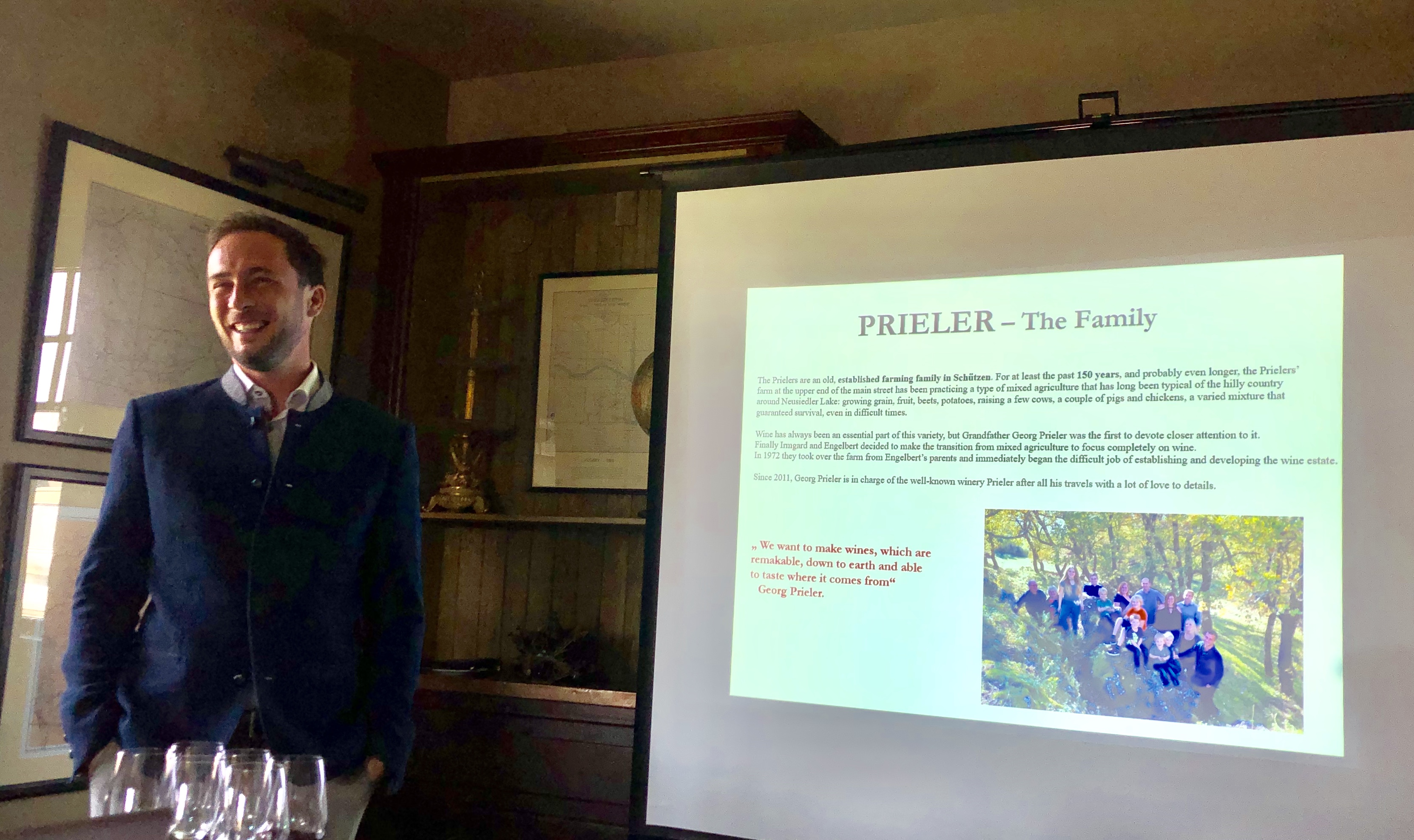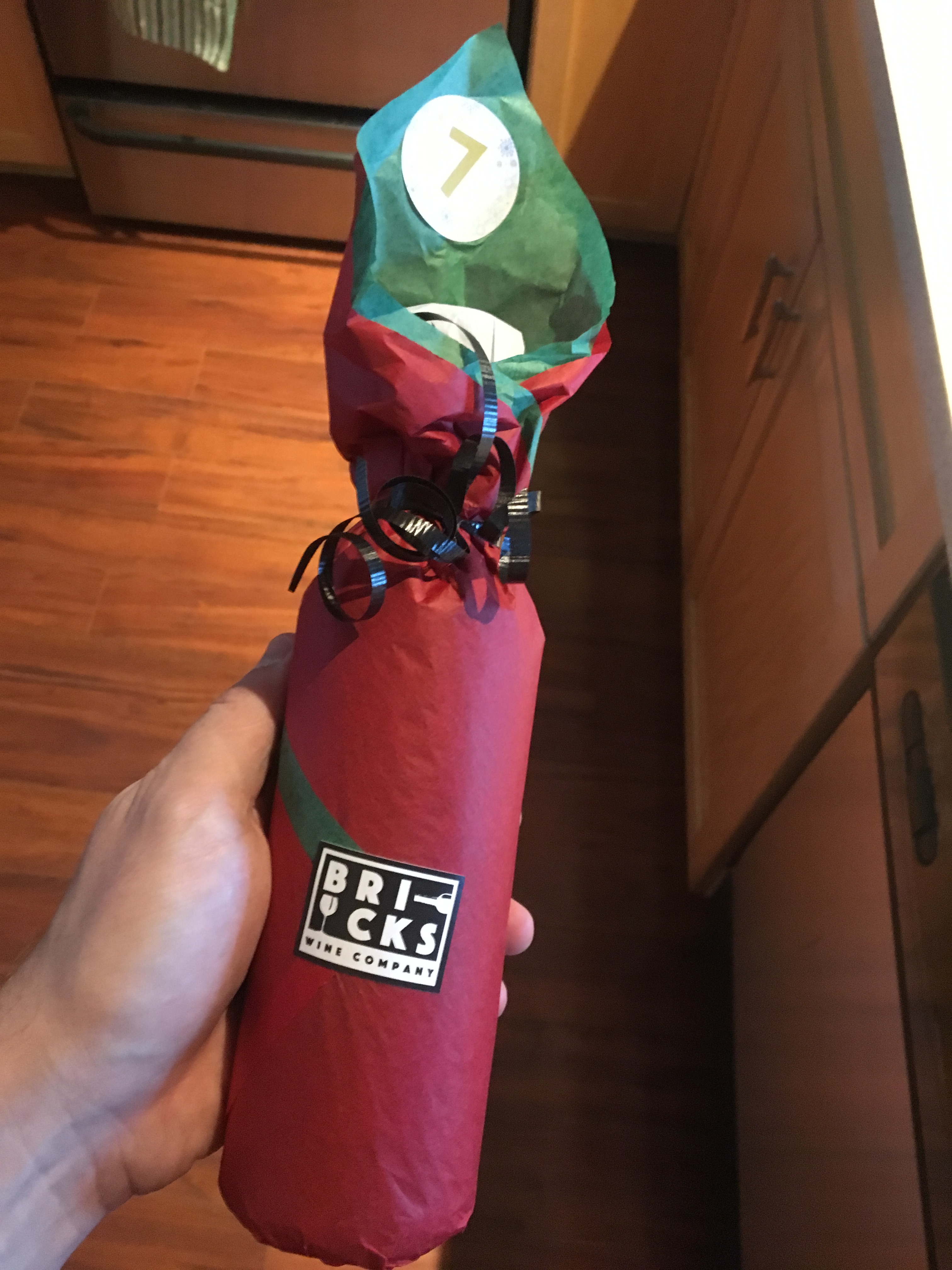By Peter Vetsch
[These bottles were provided as samples for review purposes.]
Highway 97 runs south from Oliver to Osoyoos and is surrounded by vines on both sides. With Osoyoos Lake in the foreground and the roadway running parallel to a tiny tributary connecting the lake to the bodies of water further north, the landscape rises up sharply to the east and west, creating a large natural amphitheatre with tremendous sun and wind exposure for grape plantings. The highway’s crossroads count up from 1 as you leave Oliver, and if you turn right at the viticulturally famous Road 13 and go just up the hill from the winery bearing that name, you find the long-planned site of Culmina Family Estate Winery.
The vines planted there after years of detailed soil mapping and research are now into their second decade, the winery now a veteran stalwart with an established lineup of quality offerings. But there are still some tricks up its sleeve, starting this year with the release of the first-ever Syrah from the estate (keep it coming) and an ever-increasing portfolio of small-production Number Series wines, the Number releases increasing like the Roads from Oliver to Osoyoos, indicative of a winery not content to rest on its laurels.
It’s one thing to read and write about something and another thing to experience it for yourself. This summer I was finally able to turn off on Road 13 and walk the vines at Culmina, admire the remarkable view and see firsthand the care that goes into the fruit at the estate. (Extreme bonus points for the Tesla charging station in their visitor parking lot, a major rarity that far south in the Okanagan.) I got to see the striking difference between the three plateaus of vineyards that Culmina cultivates: the warm Arise Bench, right in front of and surrounding the winery building; the even warmer Stan’s Bench, slightly higher and more southerly, perfectly positioned to maximize the effects of the sun; and the cooler Margaret’s Bench, shockingly elevated as compared to the other two and seemingly inaccessible on the backside of a steep rocky slope. I got to appreciate the natural majesty of the area, and the concentration of top-end producers in the immediate vicinity — if Road 13 wasn’t enough just down the road, Checkmate and its James Bond villain lair of a winery complex is a couple minutes the other way.
The bet that Don Triggs made on this land has paid off, but Culmina continues to write its story even after his departure. With one clear exception, this tasting set focuses on Culmina’s tried and true releases; Ray will shortly address the more novel end of the winery’s current lineup.
Read the rest of this entry »



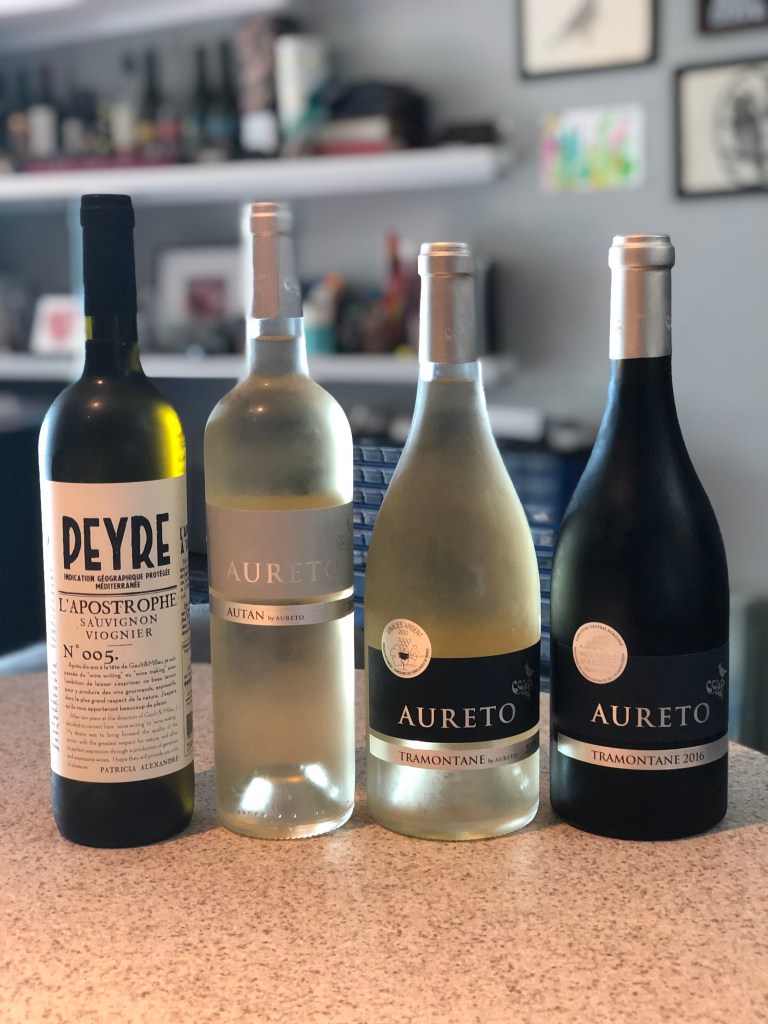


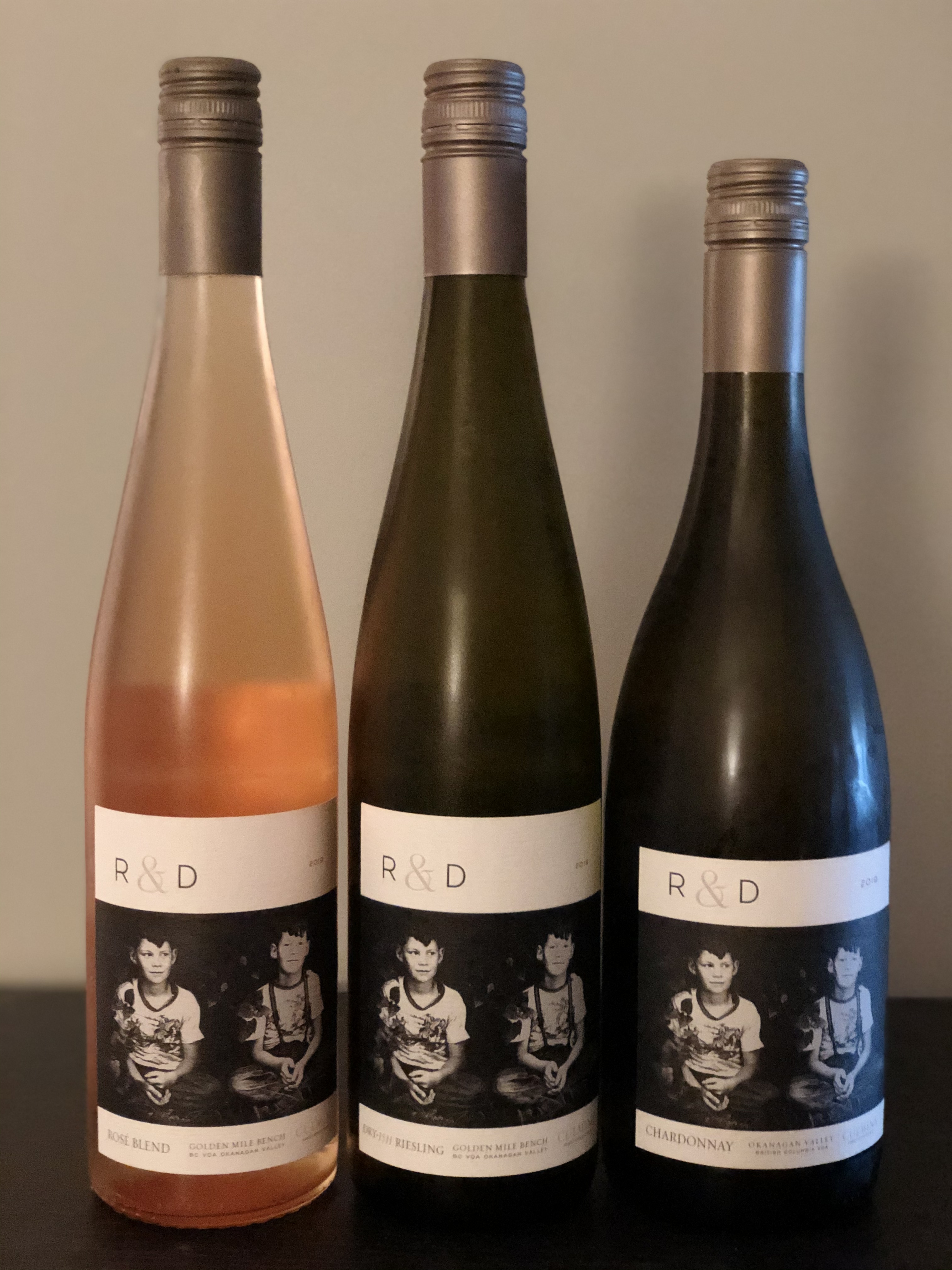
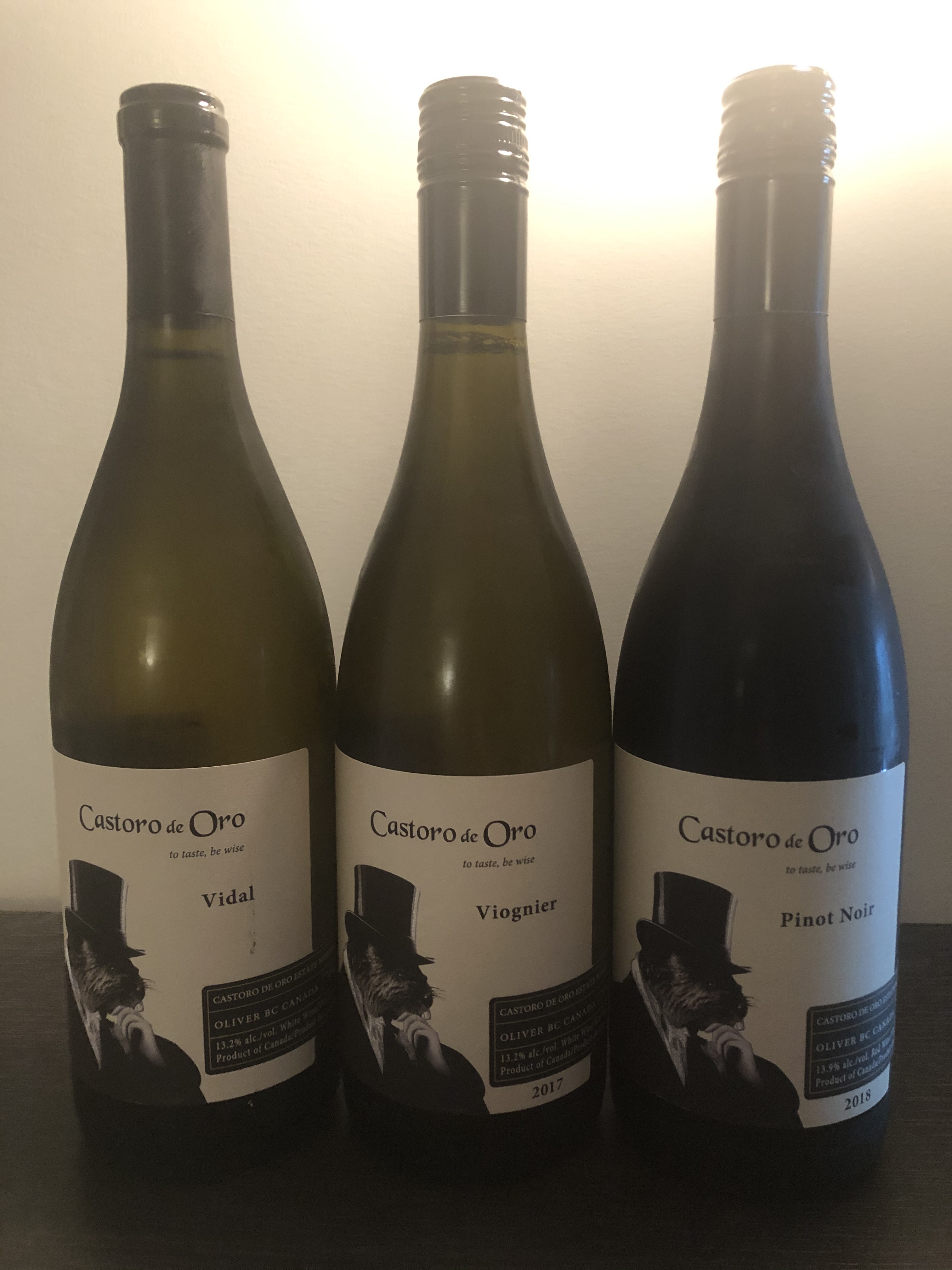
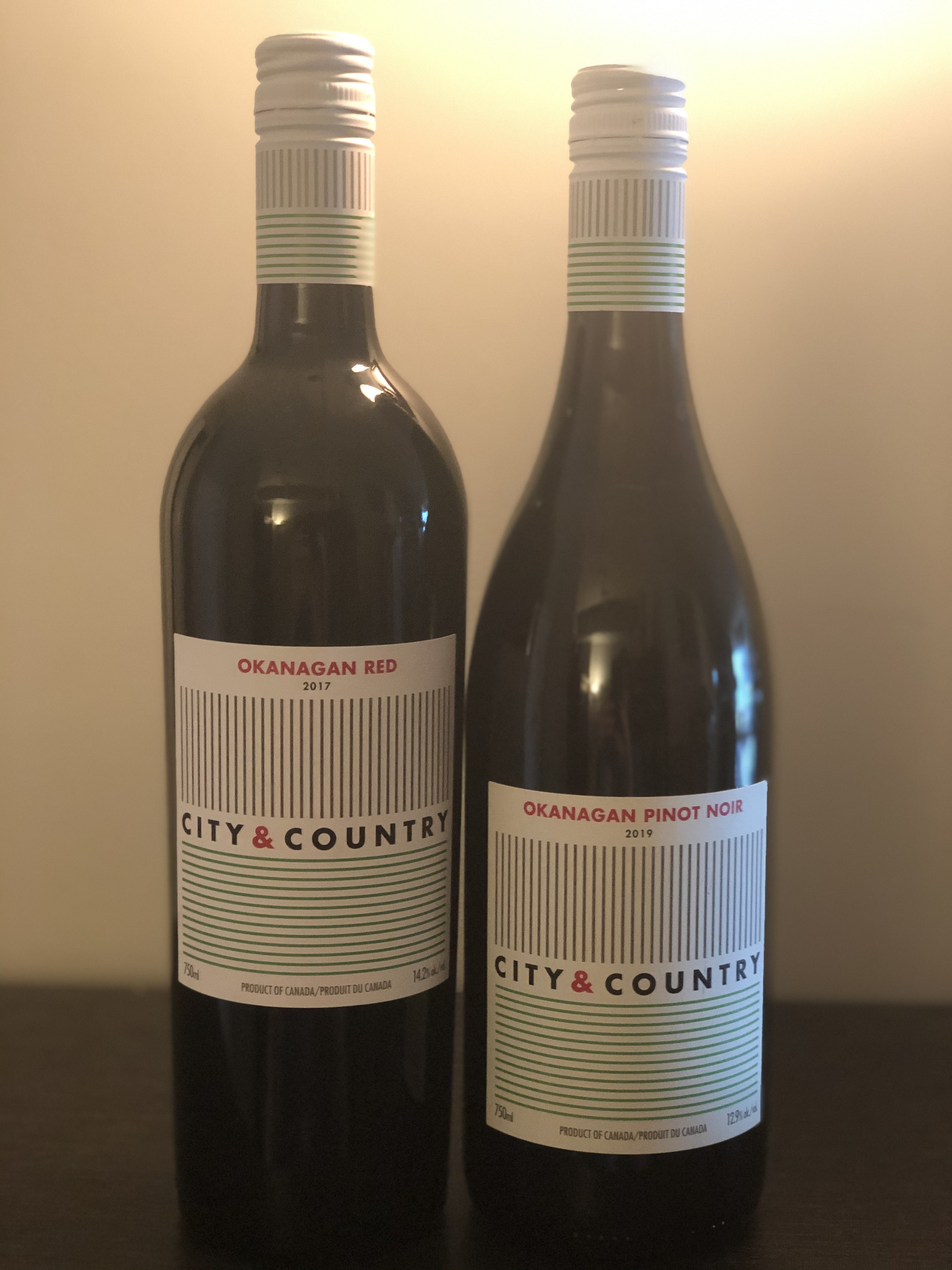 City & Country can be found east of Macleod Trail and just south of Erlton, although the brand itself predates the bricks-and-mortar winery that started operations this year. Chris Fodor and his wife Karen first made their own wine in 2017 with some help from Pentage Winery in the Okanagan, where their winemaking endeavours were originally housed, but the Fodors’ aspirations were ultimately bigger than just one wine region, or even one country. They reasoned that a winery based in a large city could source grapes or even pressed must from anywhere, so long as everything is temperature-controlled. I’ll mention here that such a model is used by some of my favourite boutique wineries in California and elsewhere in the US, although in these cases the winemakers draw upon a limited number of local options (often very specific, unique sites) for grape sourcing. The Fodors seem to scoff at the notion of such constraints, although understandably the focus of the winery’s initial releases seems to be on grapes from next door in the Okanagan.
City & Country can be found east of Macleod Trail and just south of Erlton, although the brand itself predates the bricks-and-mortar winery that started operations this year. Chris Fodor and his wife Karen first made their own wine in 2017 with some help from Pentage Winery in the Okanagan, where their winemaking endeavours were originally housed, but the Fodors’ aspirations were ultimately bigger than just one wine region, or even one country. They reasoned that a winery based in a large city could source grapes or even pressed must from anywhere, so long as everything is temperature-controlled. I’ll mention here that such a model is used by some of my favourite boutique wineries in California and elsewhere in the US, although in these cases the winemakers draw upon a limited number of local options (often very specific, unique sites) for grape sourcing. The Fodors seem to scoff at the notion of such constraints, although understandably the focus of the winery’s initial releases seems to be on grapes from next door in the Okanagan. The Fodors officially opened the City & Country winery on February 1st, 2020. Of course, COVID-19 struck after a mere month and a half of operations, but City & Country pushed forward with characteristic Alberta resilience,
The Fodors officially opened the City & Country winery on February 1st, 2020. Of course, COVID-19 struck after a mere month and a half of operations, but City & Country pushed forward with characteristic Alberta resilience, 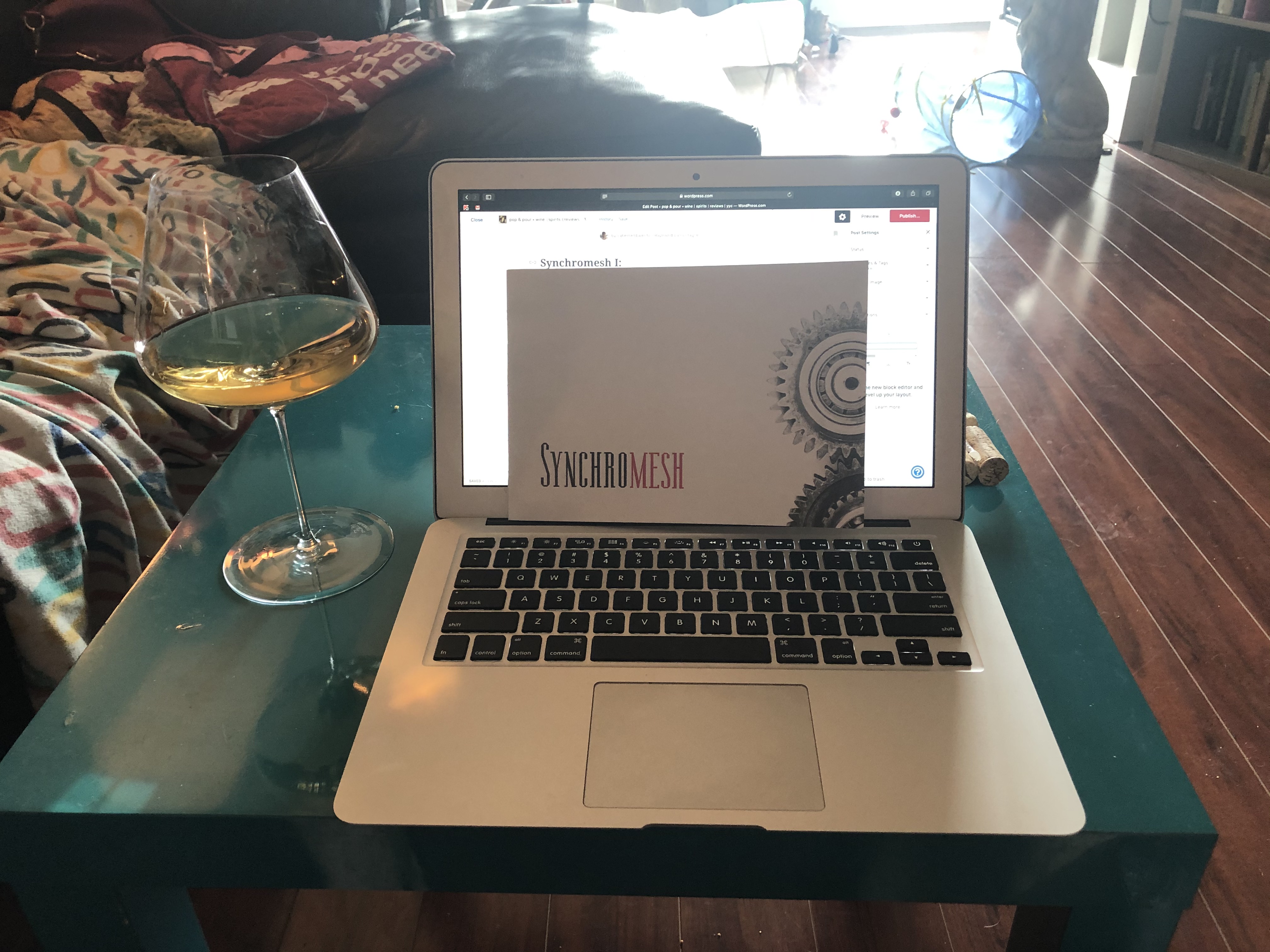

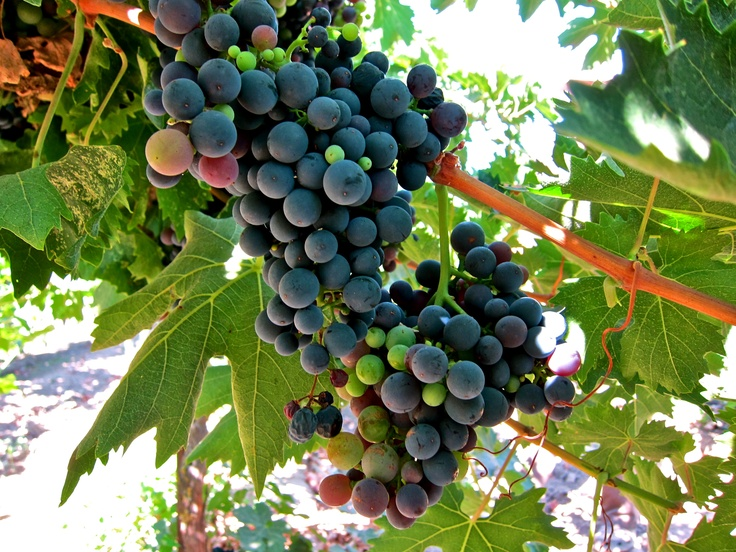

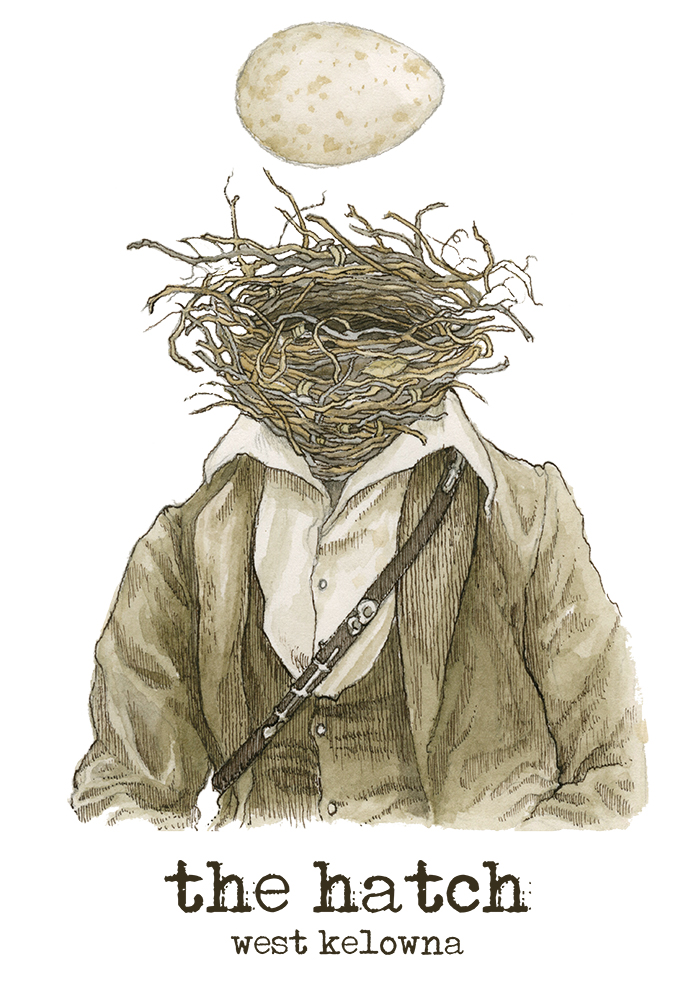 You see, four of the suspects hailed from the cellars of the Hatch, subject of a
You see, four of the suspects hailed from the cellars of the Hatch, subject of a 